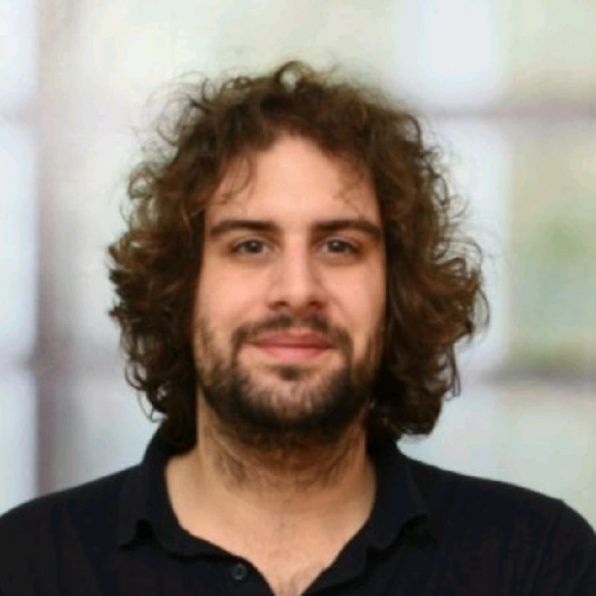How can scientists unlock the secrets of gene regulation hidden within our DNA? At the Oncode Institute Masterclass held at the Netherlands Cancer Institute (NKI), researchers from across the country gathered to explore ATAC-seq, a powerful and increasingly essential method for studying chromatin accessibility.
The one-day event, led by Sebastian Gregoricchio (NKI, Wilbert Zwart group), combined expert presentations with a hands-on workshop, giving participants both the theory and practical skills to apply ATAC-seq in their own projects.
Sebastian opened the program with a clear, step-by-step introduction to the technique, covering everything from sample preparation to advanced applications such as transcription factor footprinting and nucleosome positioning. His talk set the stage for a series of cutting-edge research highlights.
- Carlie de Vries (Amsterdam UMC) presented a multi-omics study on the nuclear receptor Nur77, revealing new interactions crucial for macrophage function during inflammation by integrating ChIP-seq, RNA-seq, RIME, and ATAC-seq footprinting.
- Luca Braccioli (Utrecht University) unveiled a new combinatorial indexing method for single-cell ATAC-seq, showcasing its use in gastruloid development and demonstrating how single-cell data can inform deconvolution models to estimate cell-type composition in bulk samples.
- Aayush Grover (ETH Zürich, Valentina Boeva lab) introduced machine learning tools that predict 3D enhancer–promoter interactions directly from ATAC-seq signals and DNA sequences, offering fresh opportunities to map regulatory networks.
'Our goal was not only to explain how ATAC-seq works, but to show its potential in answering diverse biological questions. The enthusiasm of the participants proved that these methods will continue to drive research forward.'

The afternoon shifted from theory to practice. Under Sebastian’s guidance, participants worked directly with ATAC-seq data using tools such as DiffBind for differential peak analysis and ChromVAR for transcription factor activity. Many praised the workshop for its immediate relevance, calling it “a great reference for future work” and appreciating the chance to see “different use cases with clear explanations of the basics.”
The Masterclass delivered what many attendees described as the perfect balance of high-level expertise and hands-on training, equipping researchers with new tools to advance their genomics studies.